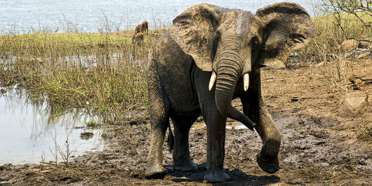
Safari Tours to Majete WR
-
![14-Day Malawi Family Safari Adventure]()
14-Day Malawi Family Safari Adventure
$7,182 to $9,247 pp (USD)
Malawi: Private tourLuxuryLodge & Tented Camp
You Visit: Blantyre (Start), Majete WR, Liwonde NP, Lilongwe (End)

Wayfairer Travel
4.8/5 – 172 Reviews
-
![11-Day Exploring Magnificent Warm Heart Malawi]()
11-Day Exploring Magnificent Warm Heart Malawi
$6,490 pp (USD)
Malawi: Private tour
Mid-range Lodge & Tented CampYou Visit: Lilongwe (Start), Lake Malawi, Liwonde NP, Zomba Plateau, Majete WR, Blantyre (City), Nankoma Island (Lake Malawi), Lilongwe (End)

Baseline Travel
5.0/5 – 1 Reviews
-
![5-Day S/ 4 Nights Super Malawi Safari]()
5-Day S/ 4 Nights Super Malawi Safari
$1,463 pp (USD)
Malawi: Private tour
Mid-range Lodge & Tented CampYou Visit: Blantyre (Start), Majete WR, Lake Malawi, Lilongwe (City), Lilongwe Airport (End)

Swahili Paradise Tours & Safaris
4.1/5 – 89 Reviews

 Malawi Parks
Malawi Parks









